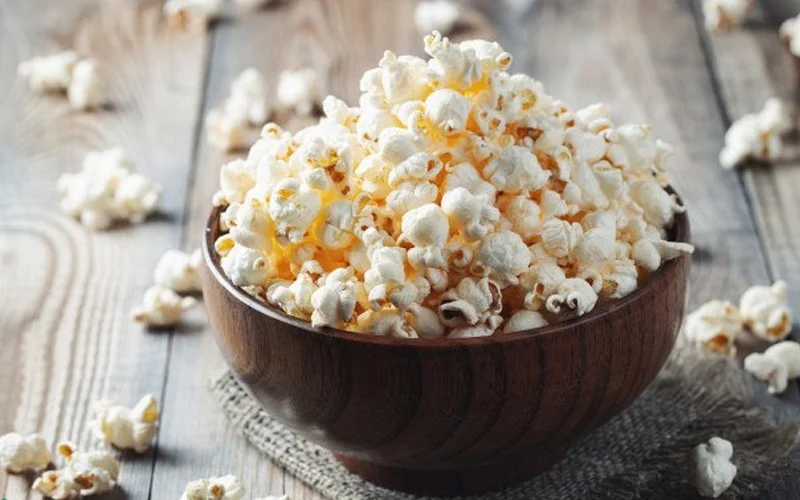Popcorn: The science behind the pop
Popcorn is a popular snack enjoyed by people of all ages. It is a delicious and versatile snack that can be enjoyed plain or with a variety of toppings. But what is the science behind the pop? How does popcorn go from a small, hard kernel to a fluffy, airy snack?
Popcorn kernels are made up of three main parts: the hull, the germ, and the endosperm. The hull is the hard outer layer of the kernel. The germ is the small, white center of the kernel. The endosperm is the main part of the kernel, and it is made up of starch and water.
When popcorn is heated, the water in the endosperm begins to boil. The steam builds up pressure inside the kernel, and eventually the hull bursts open. The popcorn kernel then expands and pops into a fluffy, airy snack.
The exact temperature at which popcorn pops varies depending on the type of kernel. However, most popcorn kernels will pop at around 350 degrees Fahrenheit.
There are a few factors that can affect the popping of popcorn. The moisture content of the kernel is one factor. Kernels with a higher moisture content will pop more easily. The size of the kernel is another factor. Smaller kernels will pop more easily than larger kernels.
Popcorn is a delicious and fun snack that is easy to make at home. With a little understanding of the science behind the pop, you can make perfect popcorn every time.
Here are some tips for making perfect popcorn:
- Use fresh, high-quality kernels.
- Preheat your popcorn popper or pot to 350 degrees Fahrenheit.
- Add the kernels to the popper or pot and cover.
- Do not overcrowd the popper or pot.
- Listen for the kernels to start popping.
- Once the popping slows down, remove the popcorn from the heat.
Enjoy!

